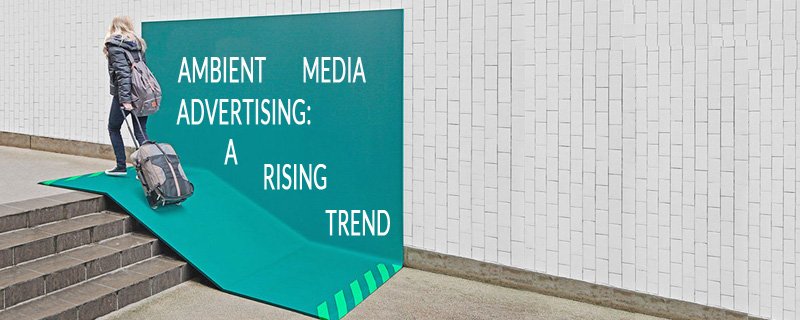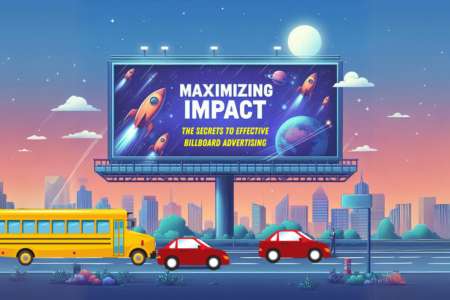In the ever-evolving world of advertising and marketing, brands are constantly seeking innovative ways to capture the attention of their target audience. Ambient advertising is one such approach that has gained prominence in recent years. But what exactly is ambient advertising, and how can it be harnessed to create memorable and effective marketing campaigns? In this blog, we’ll explore the concept of ambient advertising and its potential to leave a lasting impact on consumers.
Defining Ambient Advertising
Ambient advertising, often referred to as ambient marketing or guerrilla advertising, is a creative marketing strategy that blurs the lines between traditional advertising channels and the environment in which it is placed. Unlike conventional advertisements that appear in designated spaces such as billboards, TV, or print media, ambient advertising takes a more unconventional route by integrating messages seamlessly into everyday surroundings. These placements are often unexpected, surprising, and designed to engage consumers in a unique and memorable way.
Key Characteristics of Ambient Advertising
Contextual Relevance: Ambient ads are designed to fit seamlessly into their surroundings, making them contextually relevant and less intrusive than traditional ads.
Creativity and Innovation: Successful ambient advertising campaigns are characterized by their creativity and ability to stand out in a cluttered media landscape.
Surprise Factor: Ambient ads often aim to surprise and delight viewers, leaving a lasting impression due to their unexpected nature.
Targeted Approach: These campaigns are typically tailored to specific locations, events, or demographics, ensuring a more targeted impact.
Examples of Ambient Advertising
Nike’s Just Do It Escalator: Nike once transformed an ordinary escalator into a moving, motivational message. As people rode up, they saw the words “Just Do It” written on each step, reinforcing the brand’s iconic slogan.
WWF’s Clever Shadows: To raise awareness about deforestation, the World Wildlife Fund (WWF) created bus stop advertisements that cast shadows resembling trees. As the day progressed, the shadows gradually disappeared, symbolizing the loss of trees.
McDonald’s Sundial Billboard: McDonald’s used the sun’s position to create an interactive billboard. The angle of the sun’s rays highlighted various menu items throughout the day, reminding passersby of mealtime.
Benefits of Ambient Advertising
Memorability: Ambient ads often create a strong impact due to their unexpected and creative nature, making them memorable.
Cost-Effective: They can be a cost-effective alternative to traditional advertising methods, especially for smaller businesses.
Targeted Engagement: Ambient advertising allows brands to engage with their audience in specific, high-traffic locations or events.
Viral Potential: Successful ambient ads have the potential to go viral on social media, amplifying their reach and impact.
Conclusion
Ambient advertising challenges the conventions of traditional marketing by seamlessly integrating messages into the fabric of our daily lives. When executed effectively, ambient advertising has the power to surprise, engage, and resonate with consumers on a profound level. By thinking outside the box and harnessing the element of surprise, brands can use ambient advertising to create unforgettable moments that drive brand recognition and loyalty in an ever-competitive marketplace.










